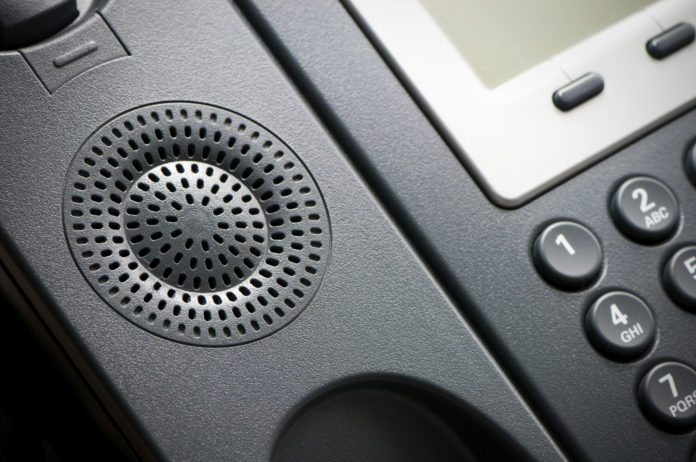
Compilations are more pervasive than one may think. Every time a list or table is created, or an aggregate of data is presented in any way, the product can potentially be a copyrightable compilation. Apart from the classic example of telephone directories, cases dealing with factual compilations have involved a wide variety of industries and subject matter, ranging from television program schedules, football league fixture lists and horse racing guides, just to name a few.
The Singapore High Court – in a copyright battle pitting Global Yellow Pages Ltd (“GYP”), the publisher of the eponymous telephone directory, against a competing producer of telephone directories – has recently ruled on the copyrightability of factual compilations in Singapore for the first time.
This article discusses the decision and considers what businesses can do to ensure copyright protection for their own factual compilations.
The case
In Global Yellow Pages Ltd v Promedia Directories Pte Ltd [2016] SGHC 9 (“GYP v Promedia”), GYP claimed that Promedia Directories Pte Ltd (“Promedia“) had infringed its copyright in the Yellow Pages and Business Listings by copying the listings in these directories. he central issues at trial were whether the directories were copyright-protected in the first place, and the scope of any protection.
The High Court ruled in favour of Promedia. The court found that the printed directories as a whole (inclusive of introductory material and ancillary segments) were copyright protected, but not in the individual listings in the directories. The entire compilation of listings in the Yellow Pages and the online versions of the directories were also copyright protected, but not in the Business Listings. There was no copyright infringement because Promedia did not copy a substantial part of what was copyrighted. This is despite the court’s finding that Promedia had copied the listings in the Business Listings in a quotidian and systematic manner.
When are compilations protected?
This decision is significant because it is the first case on copyright protection for factual compilations in Singapore.
The issue itself is certainly not new, having been the focus of many decisions in the US, Canada and Australia, which the court considered at length. The problem with factual compilations is this: It is trite law that copyright protects the author’s creative expression, rather than facts and data. The value of factual compilations, however, often lies in the facts per se and the bulk of the work, effort and expense involved is often connected with the discovery or creation of these facts, and such efforts are non-creative.
This tension is resolved by according protection only to the selection and arrangement of the facts in the compilation. Furthermore, such selection and arrangement must be sufficiently creative in order to merit copyright protection. It follows that there will only be copyright infringement if the selection and arrangement is taken, but not if only the facts and information are copied.
By this analysis, the compilation of listings in GYP’s Business Listings did not attract copyright protection because it was not sufficiently creative, being a “whole-of-universe” listing of businesses, arranged in alphabetical order.
What can copyright owners do?
So, what can copyright owners do to increase the chances that their factual compilations will be copyright protected?
Be creative!
The first and most obvious thing copyright owners can do would be to put more thought into how they select and arrange the information in any listings or tables for which they wish to attract copyright protection. Of course, such creativity should not be of a nature as to diminish the utility of the compilation for its intended purpose, whether as a directory, television program schedule and so forth.
Rather, the challenge is to select and arrange the information in such a way as to be more user-friendly or otherwise more attractive to users. This also increases the chances that someone who copies the information would also copy the particular selection and arrangement thereof, which is essential for there to be copyright infringement.
Identify the human authors
Another angle that copyright owners must be conscious of is the question of who the creative efforts are coming from. This is because, even if creativity can be demonstrated, there can be no copyright protection if no human authors/joint authors of the work can be identified. In Asia Pacific Publishing Pte Ltd v Pioneers & Leaders (Publishers) Pte Ltd [2011] SGCA 37 (“Pioneers & Leaders”) (which concerned tables containing horse-racing information in a horse-racing guide) the copyright infringement claim failed for this reason.
This problem often arises where automation is involved in the preparation of the work in question, as was the case in Pioneers & Leaders. That is not to say that human authors can never be identified where computers are involved. Rather, as the High Court in GYP v Promedia put it, the question is “the degree of control that the putative authors exercise over the computer software in shaping the final form of expression”.
Further, where several individuals are involved in contributing creatively to the work, they must be shown to have collaborated in the process, so as to be identified as joint authors. This suggests that caution must be taken when certain tasks are outsourced. If the third party service providers are not merely implementing inputs from the in-house team, then it must at least be shown that the two groups had collaborated in the creative process. The processes should ideally be clearly documented for evidential purposes.
Consider alternative forms of protection
Given the highly factual nature of the enquiry as to whether any compilation is entitled to copyright protection, it is prudent to try and secure protection in other ways where possible, for example, by allowing only restricted access to the information in the first place, or imposing confidentiality and proper use obligations on staff and counterparties to contracts.
In a nutshell
To increase the chances of copyright protection for your factual compilation:
- Consider how to creatively select and arrange the information, so as that the compilation can be considered as an original work that merits copyright protection.
- Pay attention to the individuals and processes involved in creating the work, ensure that multiple contributors can be shown to have worked in collaboration and keep clear records of the processes as evidence.
- Consider alternative forms of protection such as confidentiality and use restrictions.









